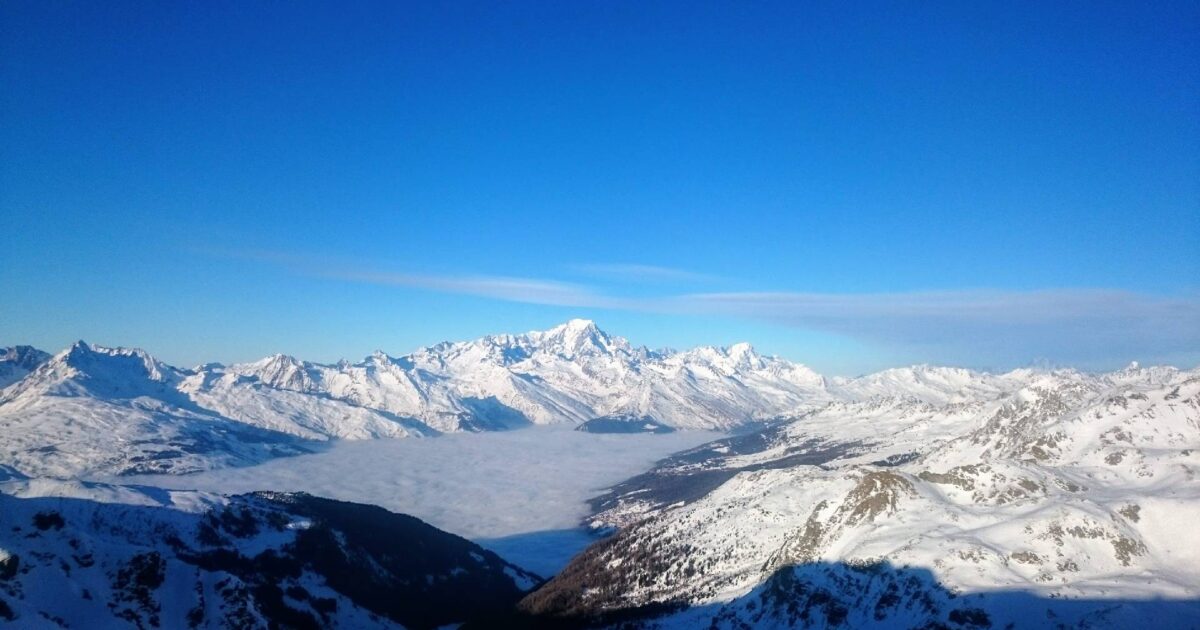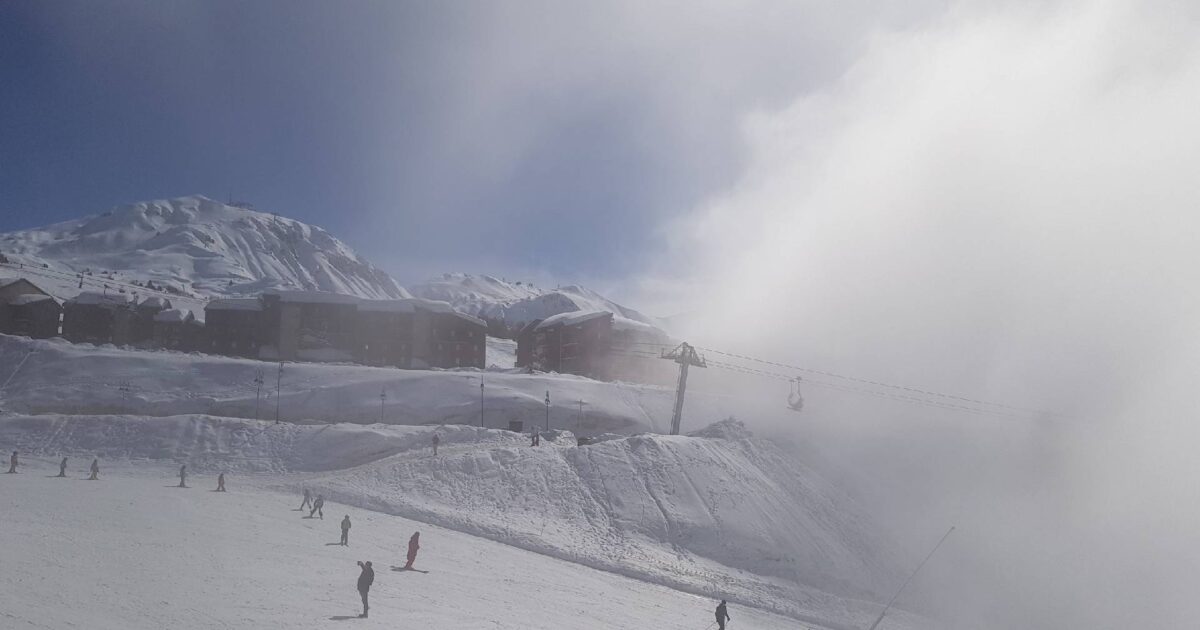How does temperature inversion in the mountains happen?

Temperature inversion is a fascinating meteorological phenomenon that defies the usual rules of altitude and temperature in mountainous regions. In this article, we’ll explore how temperature inversion occurs, focusing on its effects in the stunning ski resort of La Plagne.
From the temperature differences between Plagne Montchavin and Bellecôte glacier at 3250m to the occurrence of temperature inversion and its association with the sea of clouds, we’ll delve into the intriguing aspects of this weather phenomenon. Understanding temperature inversion can provide valuable insights into the different climate variations that La Plagne experiences across its valley and upper villages.
Understanding Temperature Inversion
Temperature inversion is a meteorological phenomenon that causes the temperature to increase with altitude, contrary to the typical decrease in temperature as elevation rises in mountainous regions. This occurs when a layer of warm air traps colder air beneath it, forming an inversion layer.
In normal atmospheric conditions, air temperature usually decreases with altitude at a rate of around 1 degree Celsius per 100 meters (the lapse rate). However, during a temperature inversion, the normal lapse rate is inverted, leading to a layer of warmer air sitting above a cooler layer.
Temperature Inversion in La Plagne

In the picturesque region of La Plagne, temperature inversion can be observed in various scenarios, particularly in its valley villages like Aime, Montchavin, and Montalbert. Let’s explore how temperature inversion affects these locations:
Aime La Plagne (2100m): As an elevated village, Aime La Plagne may experience temperature inversion when warm air aloft prevents the colder air from descending into the valley.
Plagne Montchavin (1250m): This lower-lying village might occasionally experience temperature inversion, especially on clear, calm nights, when the colder air gets trapped near the surface by warmer air above.
Plagne Montalbert (1250m): Similar to Plagne Montchavin, Montalbert can also experience temperature inversion under specific weather conditions.
Bellecôte Glacier (3250m): Temperature inversion is less common at higher elevations like the Bellecôte glacier, where cooler temperatures usually prevail. However, during rare inversion events, it’s possible to observe warmer temperatures at higher altitudes.
During temperature inversion events, the valley villages of La Plagne will often experience warmer temperatures than the higher-altitude areas, creating an unusual temperature distribution in the mountainous region. It’s also worth remembering that, once you drop below cloud level, things change markedly and you’ll often be riding fog (clouds) rather than the pristine, clear conditions above.
Temperature Inversion and the Sea of Clouds

Temperature inversion in mountainous areas is often accompanied by the mesmerising phenomenon known as the sea of clouds or mer du nuages. This atmospheric condition occurs when the inversion layer traps moisture and clouds beneath it, creating a stunning visual display of cloud formations that resemble a vast ocean. The sea of clouds can blanket the valleys of La Plagne, offering breathtaking views to those on the mountain peaks.
The sea of clouds occurs due to the difference in temperature between the warmer air above and the cooler air beneath. As the warm air holds more moisture, it condenses when it comes into contact with the colder air, forming a thick layer of clouds that fills the valleys and creates a surreal and enchanting landscape.
La Plagne weather
La Plagne is a captivating ski resort that showcases the intriguing meteorological phenomenon of temperature inversion. In this Alpine paradise, visitors can experience the extraordinary sight of temperature reversal, where higher altitudes may sometimes be warmer than lower-lying valleys. The juxtaposition of warm air above and cool air below can create the stunning sea of clouds, adding to the allure of the resort’s breathtaking landscapes.
La Plagne’s varied terrain spanning from 1250m to 3250m offers an array of skiing and snowboarding experiences, catering to every winter enthusiast’s preferences. Embrace the unique climate and experiences that La Plagne offers, and immerse yourself in the wonders of temperature inversion and the beauty of the sea of clouds in this mountainous playground.
Discover La Plagne’s best pistes in the La Plagne in a Day video
Please follow our iRide YouTube channel for more great videos from La Plagne. or learn more in our La Plagne guide.


